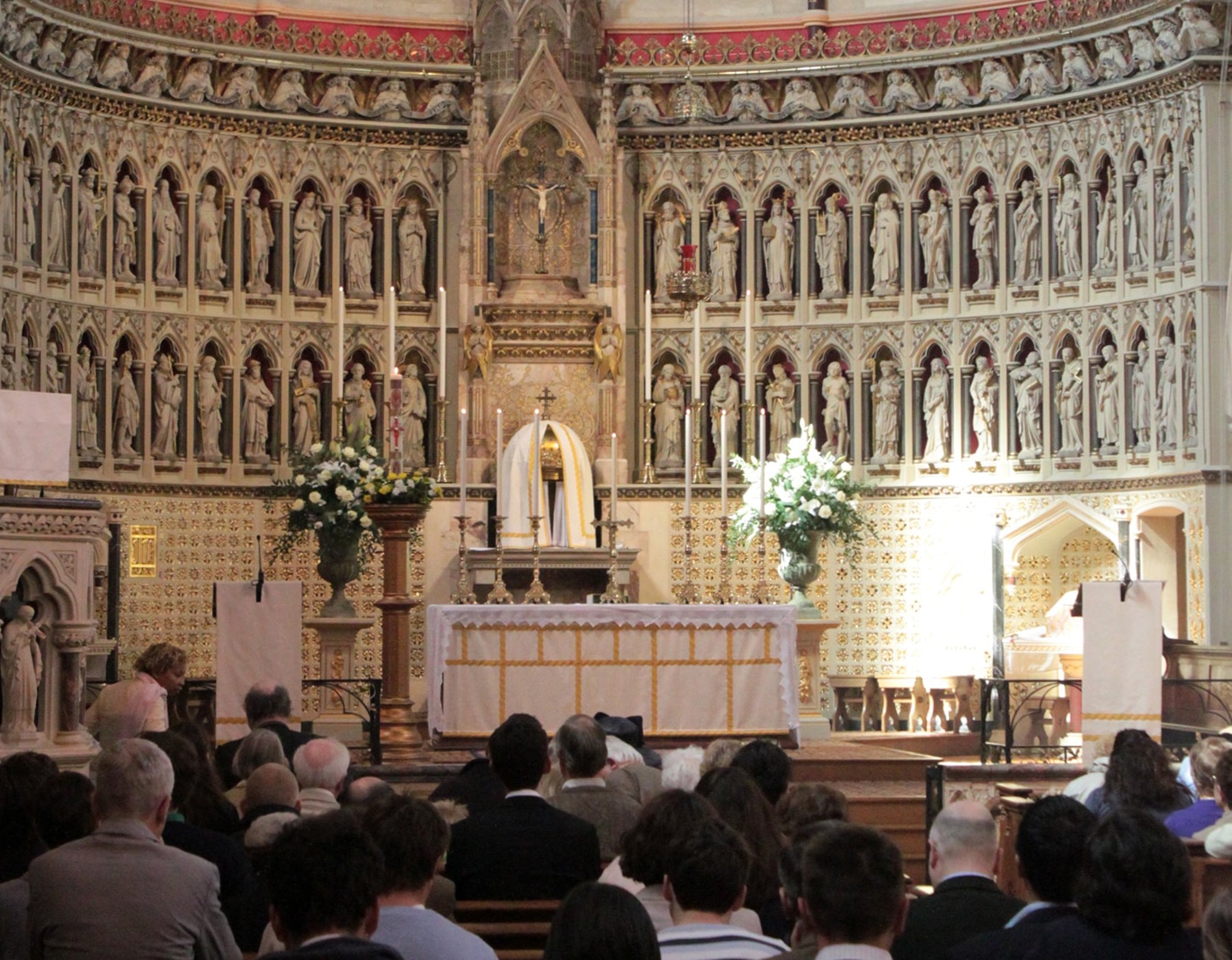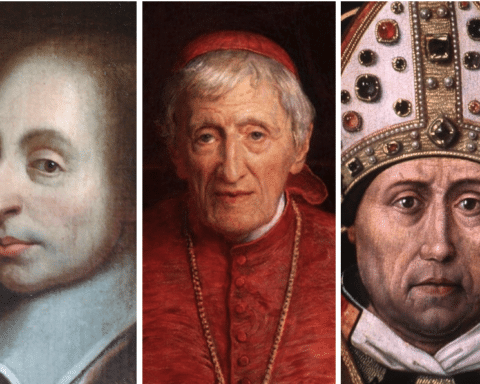As I write these words, my wife and several of our children are preparing to travel to England for my third daughter, Beatrice’s, wedding. More specifically, we are headed to Oxford. There Beatrice will be married to Jonathon in the Oratory Church of St. Aloysius Gonzaga, more popularly known as the Oxford Oratory.
For me, this makes the journey a double blessing. Of course I am anticipating the joy of celebrating Beatrice’s marriage to a very good man from a fine family. A father could not be more happy for his daughter, nor more pleased by her choice of husband. The four days of feasting and celebrating will be an exhilarating (if not exhausting) experience for us all.
But I have to confess that part of the excitement for me is that I will visit the Oxford Oratory for the first time. I am especially eager to visit the shrine to St. John Henry Newman within the Oratory.
A desire deferred
As the name St. Aloysius Gonzaga suggests, the church in Oxford was founded, staffed and administered by the Society of Jesus when it was completed in 1875. Indeed Fr. Gerard Manley Hopkins, SJ, served as curate of St. Aloysius from 1878 to 1879. From its founding until 1990, the church had no association with the Oratory of St. Philip Neri.
Of course, St. John Henry Newman is the most famous English Oratorian. After his conversion to Catholicism in 1845, Newman attempted to establish an Oratory of St. Philip Neri in Oxford. That effort failed, however.
So in 1848, a year after being ordained a Catholic priest, Newman decamped to Birmingham, where he founded the Birmingham Oratory in 1849. With the exception of four years in Ireland, Newman lived the rest of his life at Oratory locations in and around Birmingham.
In 1980, the Jesuits left St. Aloysius Gonzaga Church in Oxford, which was then administered for 10 years by the Archdiocese of Birmingham. Then, in 1990 — the hundredth anniversary year of Newman’s death — St. Aloysius was taken over by the Oratorians, finally filling Newman’s desire.
A patron saint for converts
Like many converts to Catholicism from other Christian traditions, St. John Henry Newman is a central figure in my journey to Rome. When, as a Catholic-curious evangelical seminarian, I read Newman’s “Apologia Pro Vita Sua,” and then the more difficult, “An Essay on the Development of Doctrine,” a whole new world was opened to me. It is no exaggeration to say that I might not be a Catholic today were it not for Newman’s own spiritual journey.
In 2010, Newman was beatified by Pope Benedict XVI. To celebrate, the shrine was dedicated to him at the Oxford Oratory. And, of course, in October 2019, Newman was canonized as St. John Henry Newman.

It will be my joy to pray at the Newman Shrine, first in thanks for my daughter’s wedding, and in supplication for a blessed, happy marriage with her new husband. And then I shall express my profound thankfulness to God for the life and writing of St. John Henry Newman. I will seek his intercession for my entire family as we travel. I will ask his prayers for my own continuous, and very imperfect, journey of faith. I will pray for Christians who have decided to join full communion with Rome, that they will find the peace and joy that I have found.
Finally, I will pray in these words of the great patron saint of converts:
“May the Lord support us all the day long, till the shades lengthen and the eventing comes, and the busy world is hushed, and the fever of life is over, and our work is done. Then in his mercy may he give us a safe lodging, and holy rest, and peace at last.”
I expect that I’ll use this space for at least one dispatch to report on our visit to Oxford, including details of the blessings of the wedding. But I will also save space for a reflection about my visit to the Shrine of St. John Henry Newman, patron of converts, and the blessings discovered there.





